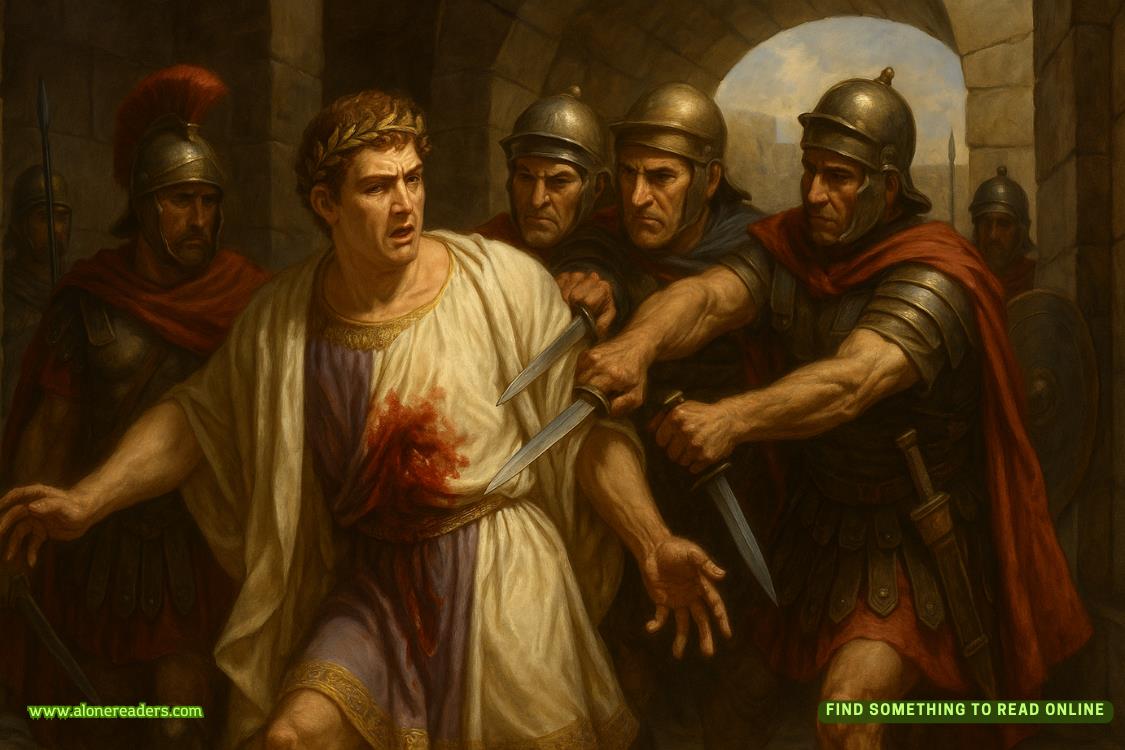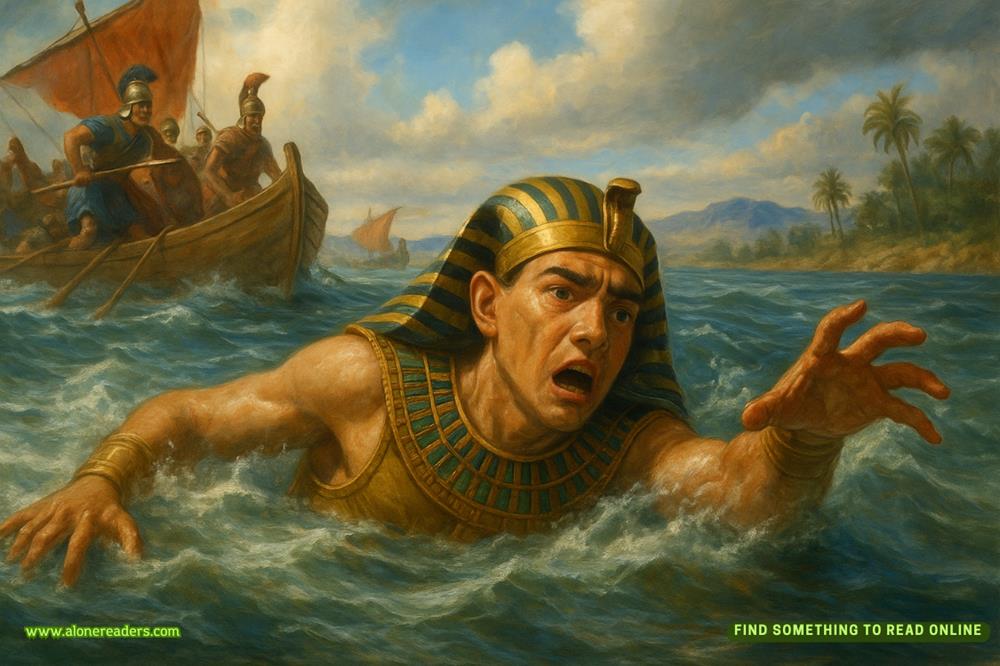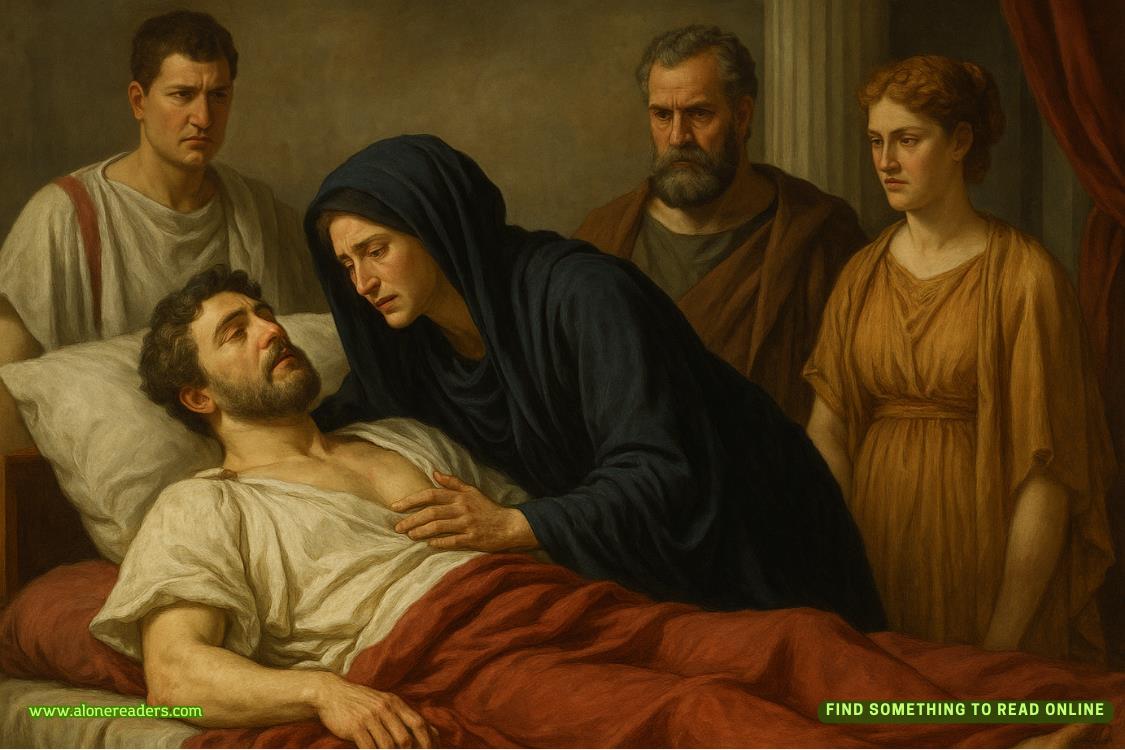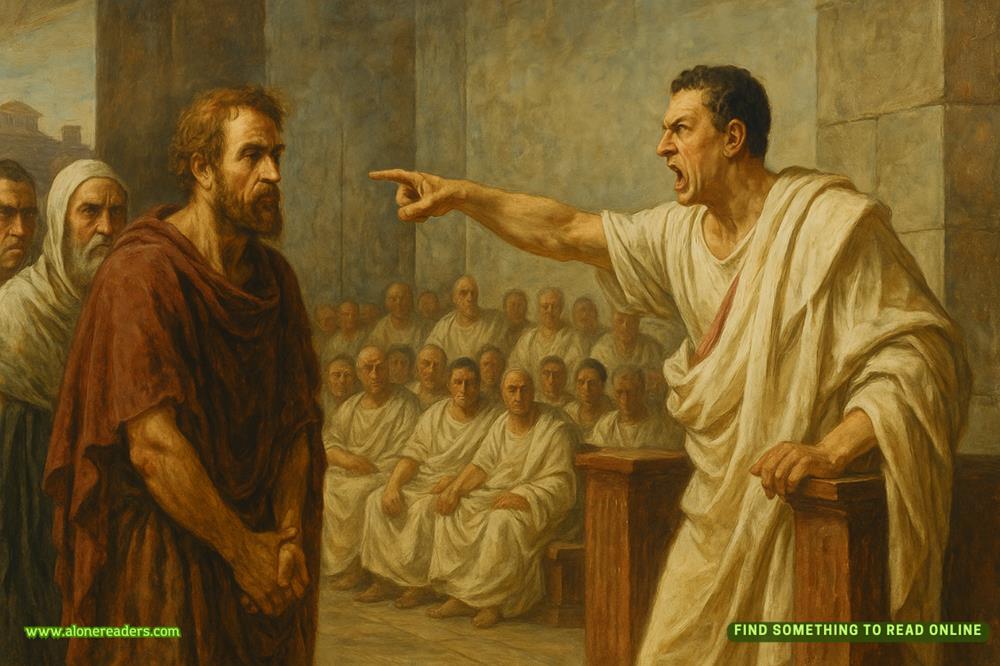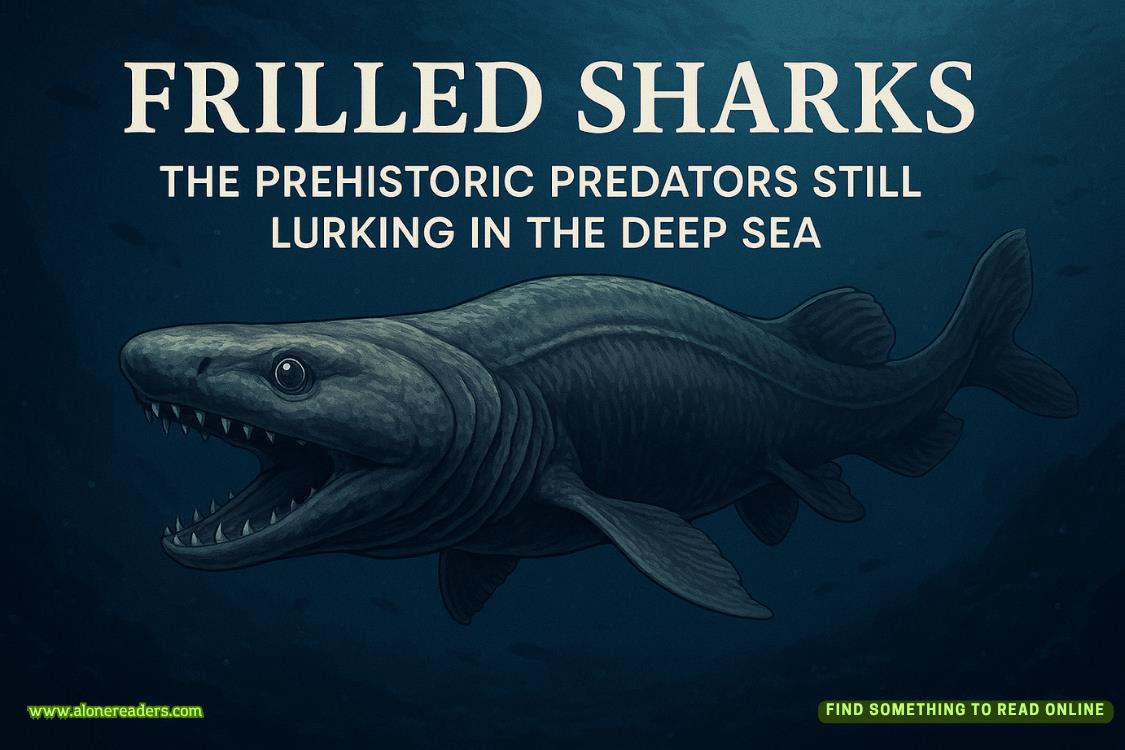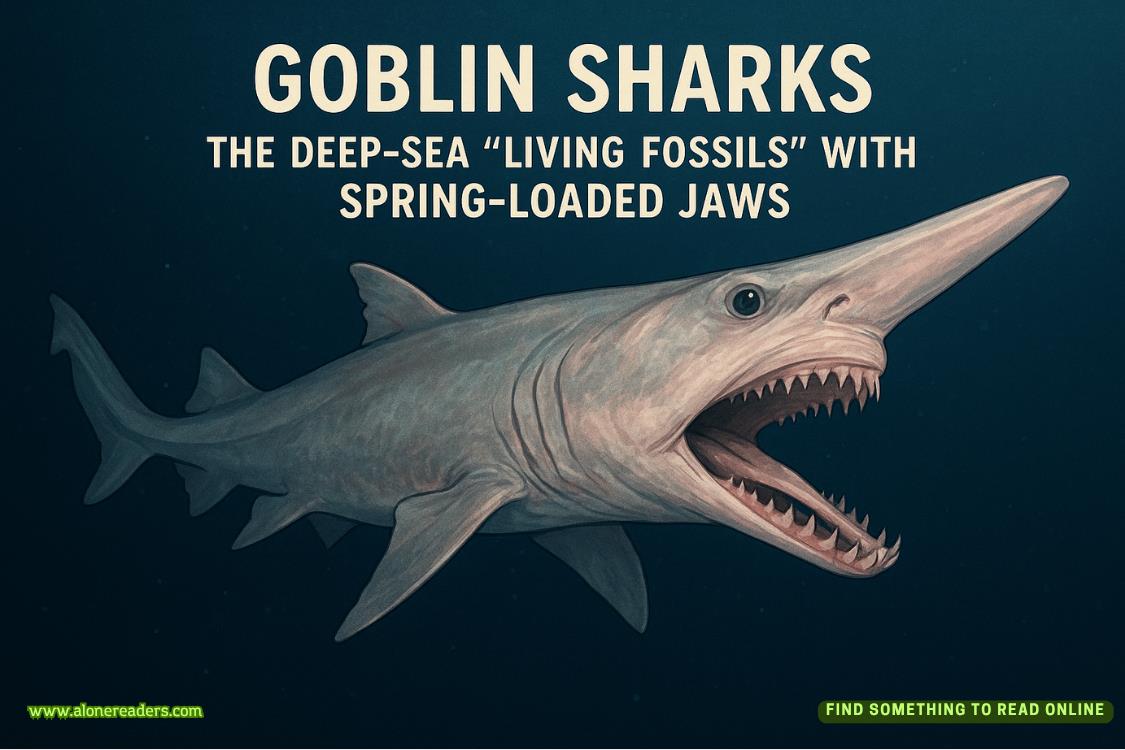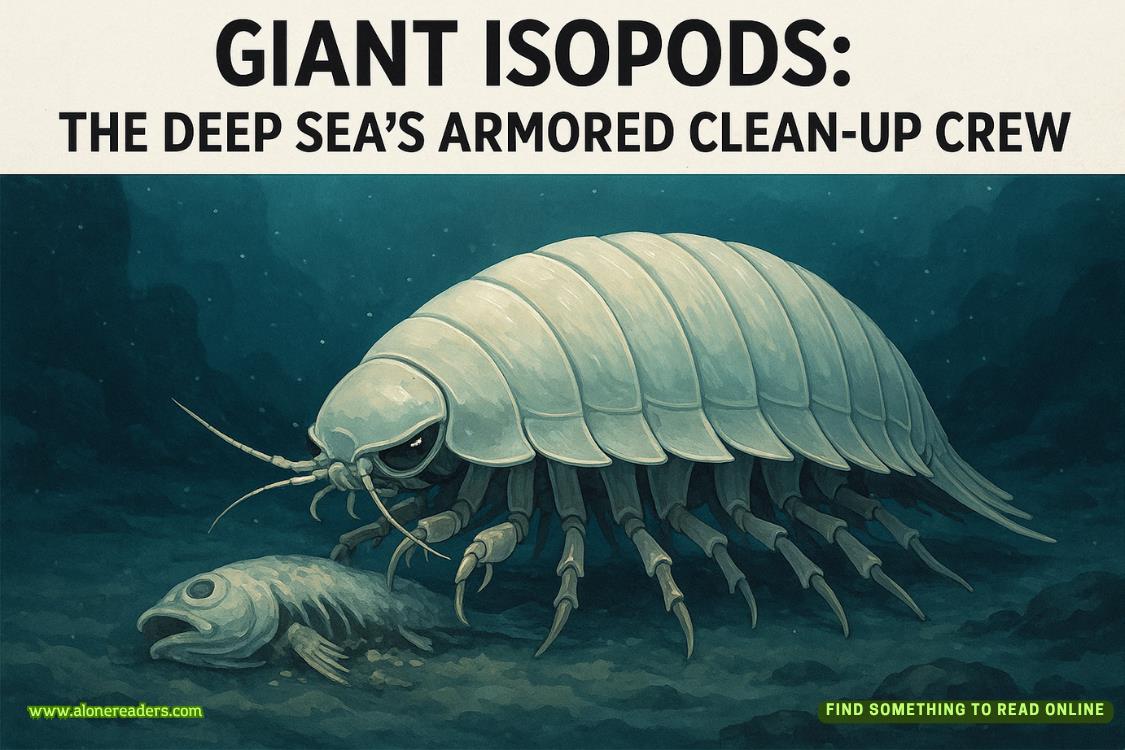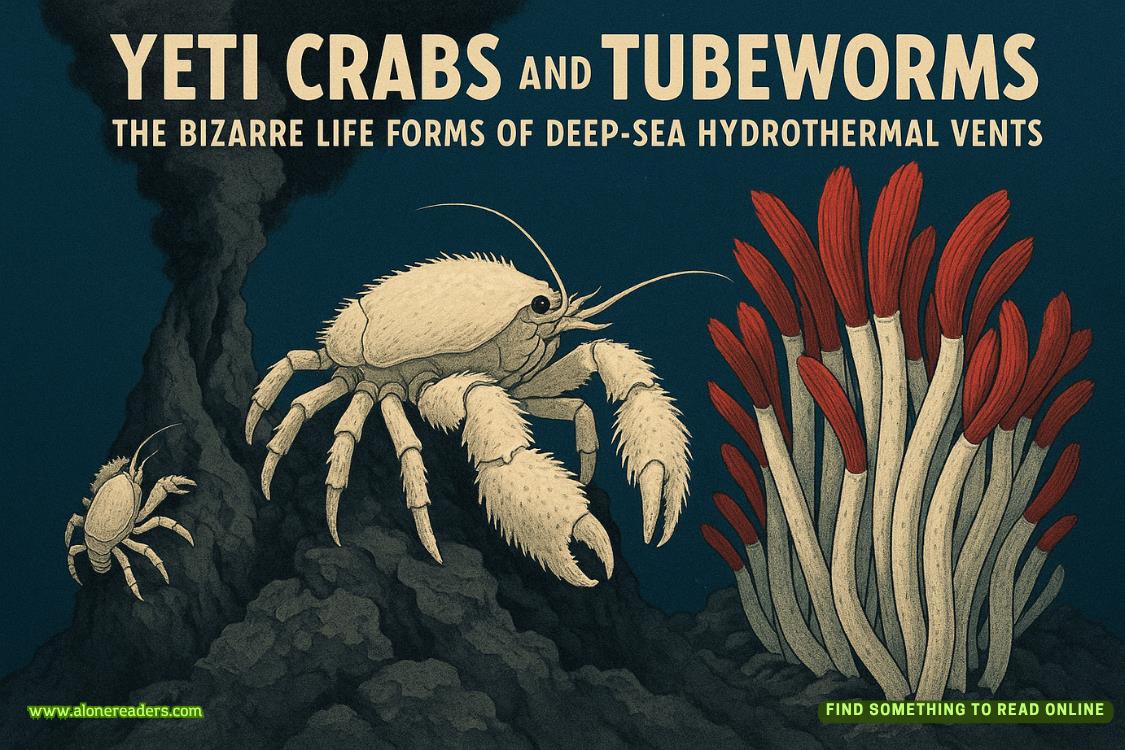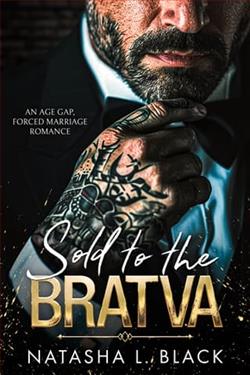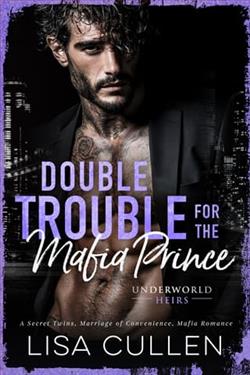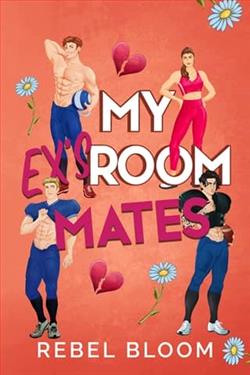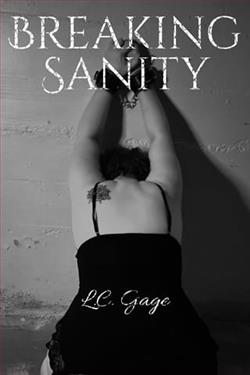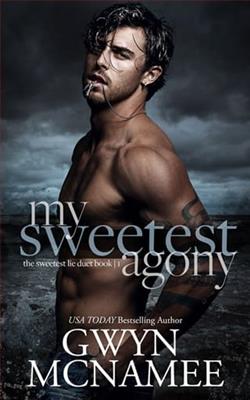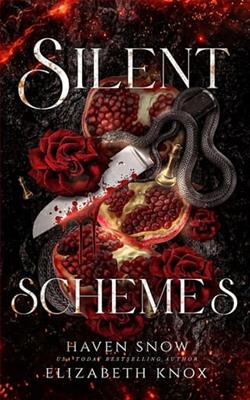Page 51 of Threads of Kindness
Maggie spun toward John. “Is that what you remembered?”
He nodded. “I knew I remembered somethingsalaciousabout this place. But I couldn’t recall what until we stepped down here and saw those crates. They’d be the perfect way to store and transport moonshine.”
“Is there still booze in them?” Judy asked.
Anita nodded as she held up the bottle. “It appears to be full.” She handed it to Judy.
“It’s a beautiful old bottle,” Judy said, passing it to Josh.
“It’s definitely full,” Josh confirmed, turning it upside down. “The seal has held all these years—nothing’s leaking.” He handed it to Sunday.
Anita moved to the next compartment and confirmed it contained an identical bottle. She felt across the top of the open crate. “There are twelve bottles in this row.” She removed one and held it against the side of the crate. “They could fit two rows per crate, so that’s 24 bottles times 12 crates …” Her voice trailed off.
“Two hundred eighty-eight bottles of hooch,” John supplied the mathematical answer.
“Wow,” Anita said with a laugh. “I guess we could havequitea party with this stuff.”
Sunday handed the bottle to Maggie. “You won’t want to drink this,” she said. “Not until we test it. Unopened whiskey from a commercial manufacturer might be fine, but moonshine? That’s risky. Moonshiners often added toxic additives such as methanol or industrial alcohols to increase their output. These toxins can cause blindness—or worse, even death.”
The bottle made its way back around to Anita, who gently returned it to its slot.
“Let’s see if the next crate contains the same,” she said. She moved to Sam’s crate and found another bottle. Newspaper wrapped this bottle, but its contents appeared identical to the first.
“Well,” Anita said, “this is … interesting.” She looked at Tim. “Since I’m not going to do anything with these, should we ask the seller to haul them away?”
“Just because you won’t drink the whiskey,” Sunday said, “doesn’t mean it isn’t valuable. These bottles are beautiful. They may be worth something. Another option is to display them on shelves down here. Save the newspaper that the bottles are wrapped in, too. It’ll provide contextual historical clues. Thisroom could become part of your museum—a nod to a thriving bootleg business in the 1930s.”
“That’s a fun idea,” Judy said. “Some of your sewing machines are from that era. It fits.”
Anita tapped her lip with one finger. “I’ll have to think about it.” She turned toward the stairs. “I guess the mystery’s been solved.”
“Not so fast,” Maggie said. “Aren’t we going to openthe rest of the crates?”
“They probably have the same thing in them,” Anita said.
“I think we need to find out,” Maggie insisted. “Sam and Jeff can open them, and we can each search a crate to verify the contents. That would save you time, wouldn’t it?”
“Sure,” Anita admitted. “But you don’t have to?—”
Maggie turned to the others. “What do you say? Do we want to open these crates and see what’s in them?”
“Yes!” came the resounding reply.
Sam and Jeff opened the remaining crates, and everyone dug in. As expected, 24 bottles of whiskey were nestled inside each one.
“That’s a lot of inventory to leave abandoned,” Tim said. “I wonder why it got left behind. This must’ve been worth a fortune back in the day.”
“They might have been interrupted,” John said.
“Maybe the sheriff found out and arrested them,” Judy offered.
“If that were the case,” Gordon said, “why wouldn’t the officers have removed the inventory?”
“The bootlegger could have been gunned down by the mob,” Nancy suggested.
“This story is getting more interesting by the minute,” Anita said. “I hope Icanfind out what really happened.”
“I’ll look in the college archives,” Sunday said. “We have a comprehensive collection detailing Westbury’s history.”
